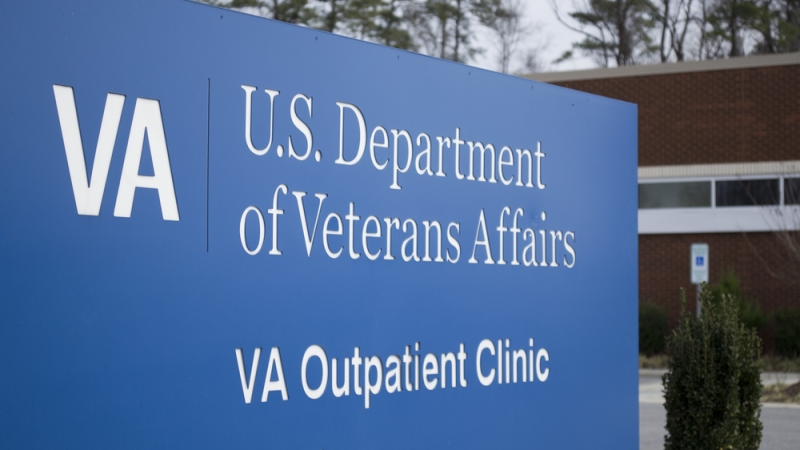
While the Veterans Health Administration (VHA) Office of Connected Care’s digital divide program has successfully been providing patients with video-capable devices for video-based virtual care for the past two years, an Office of Inspector General (OIG) report has found that less than half of patients that the agency issued video devices to ended up completing VA Video Connect (VVC) appointments.
VHA’s connected care consult function aims to enable patients to receive video-capable devices after obtaining a referral from their care team, practitioner, or designee, and the approval of a social worker who has conducted a socioeconomic assessment.
According to the OIG report, VHA issued devices to about 41,000 patients during the first three quarters of 2021, but only 20,300 of the patients issued devices completed a VVC appointment.
Of that total, roughly 10,700 patients never had a VVC appointment scheduled, and it’s estimated that more than 10,000 patients had a VVC appointment scheduled but didn’t complete the visit. There is no requirement to schedule, and neither patient nor staff initiated scheduling a VVC appointment for those that did not have one.
“The review team concluded the low VVC appointment completion rates occurred for multiple reasons. VHA Connected Care did not establish clear oversight roles and responsibilities for Veterans Integrated Service Network (VISN) and medical facility employees,” the OIG wrote. “Additionally, the SOP [standard operating procedure] does not include requirements or mechanisms for staff to schedule a VVC appointment for patients with a loaned device, though it does require staff to initiate retrieval efforts of unused devices if no VVC appointment has occurred within 90 days of receipt.”
The digital divide consult and video device order processing also lacks clear timeliness standards, which presents a risk of delay in sending a video-enabled device and scheduling and completing VVC appointments, the inspector general said.
The OIG has made 10 recommendations for the under secretary of health, all of which were agreed to by the Department of Veterans Affairs.
The first four recommendations from the OIG involve “developing a mechanism to alert the requesting clinic that a patient can be scheduled for a VVC appointment, and revising the SOP both to clarify the number of days from consult initiation to device order to ensure staff are trained on program changes.”
Further, the OIG recommends VHA add procedures for preventing issuance of and retrieving duplicate devices, and to designate staff to monitor VVC appointment activity and connected device use, define VISN [Veterans Integrated Service Network] lead oversight responsibilities, and establish an automated report of devices not being used for VVC.
Finally, OIG’s recommendations call for VHA to enhance tracking of device packages, implementing more detailed device refurbishment reporting, and to use that data when considering new device purchases.
